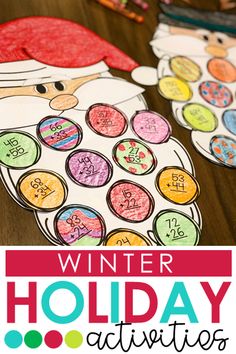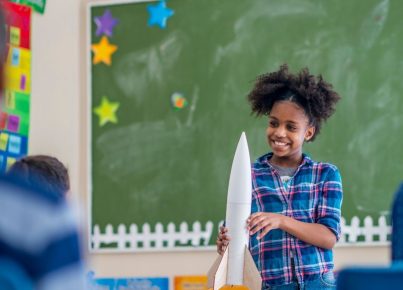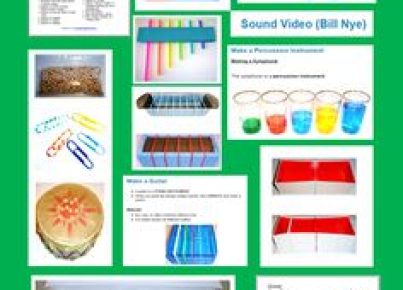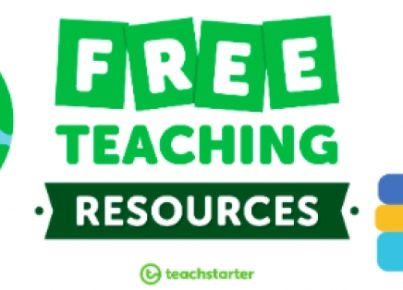Winter holidays provide a golden opportunity to incorporate festive cheer into the classroom while educating students about cultural traditions and customs. Teaching resources tailored towards this chilly and cheerful time can enhance students’ learning experience and offer them a broader understanding of global celebrations.
One effective resource is the creation and use of thematic lesson plans which integrate subjects like history, geography, and art through the lens of winter holidays. For instance, historical lessons can focus on the origin of holidays such as Christmas, Hanukkah, Kwanzaa, or Diwali, depending on their seasonal timing. This is also an opportune moment to teach about the winter solstice and its significance in different cultures.
Visual aids such as posters, PowerPoint presentations, and videos can bring to life the various traditions and celebrations associated with these holidays. For younger children, storybooks with winter holiday themes can be particularly engaging. These resources not only support literacy development but also cultural awareness.
Interactive activities are another valuable resource for educators. These might include crafting holiday decorations which require following instructions and using fine motor skills or perhaps cooking simple recipes that introduce students to traditional foods from different cultures. Meanwhile, organizing class projects such as a multicultural holiday fair can be both educational and fun—an event that encourages students to research and present on different winter holidays around the world.
Printable worksheets can consolidate students’ knowledge through crosswords, word searches, and quizzes related to winter holidays and their significance. These worksheets can be customized for different age groups and learning levels.
Technology integration is key in today’s classrooms; therefore, educational software and online games themed around winter holidays offer an engaging platform for reinforcing concepts learned in class. They also cater to varying learning styles and foster digital literacy skills.
Lastly, incorporating music into the curriculum by teaching holiday-themed songs or exploring holiday-related musical traditions from various cultures contributes to audio learning experiences that supplement more visual or kinesthetic activities.
By incorporating an array of winter holidays teaching resources into classroom activities educators can provide comprehensive educational experiences that are both informative and festive for their students. These resources should ideally promote inclusivity by recognizing a range of cultural traditions, thereby engendering a sense of respect and curiosity among pupils towards global diversity during the winter holiday season.





